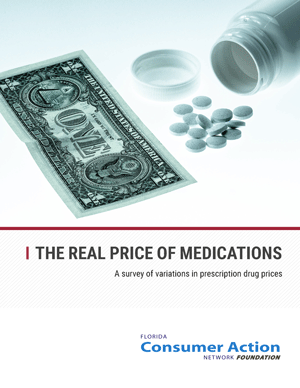Complete Streets are safe for people of all ages and abilities and serve people traveling in all different ways: walking, biking, taking transit, or just enjoying the street as a public space.
Prescription Drug Prices
The Real Price of Medications
|
Retail prescription drug costs represent about 10% of the total national healthcare expenditure in America, but represent a growing cost for many Americans. In fact, nearly 1 in 4 Americans on medication struggle to afford their prescription drugs—and that rises to more than 4 in 10 for individuals in worse health.5 Research on these high health care expenses (including prescription drug expenses) in comparison to other countries show that this difficult cost burden is driven primarily by inflated prices: not differences in the drugs used, our aging population, nor the amount of drugs prescribed. FCAN Foundation is releasing a new report, The Real Price of Medications -- A survey of variations in prescription drug prices. The study shows that high prices do not only impact consumer finances, they worsen health outcomes. Research shows that high prices lead patients to engage in risky behaviors, including medication rationing or altering dosages without doctor’s consent. Nearly 17% of older adults exhibit this non-adherence behavior, the highest among 11 comparably wealthy countries. |
Here are links to the report, executive summary, and our press release.
This report is issued in cooperation with our partner groups, Florida PIRG Education Fund and US PIRG Education Fund.
The Real Price of Medications (full report - print version PDF)
The Real Price of Medications (full report - web version PDF)
The Real Price of Medications FAQ

